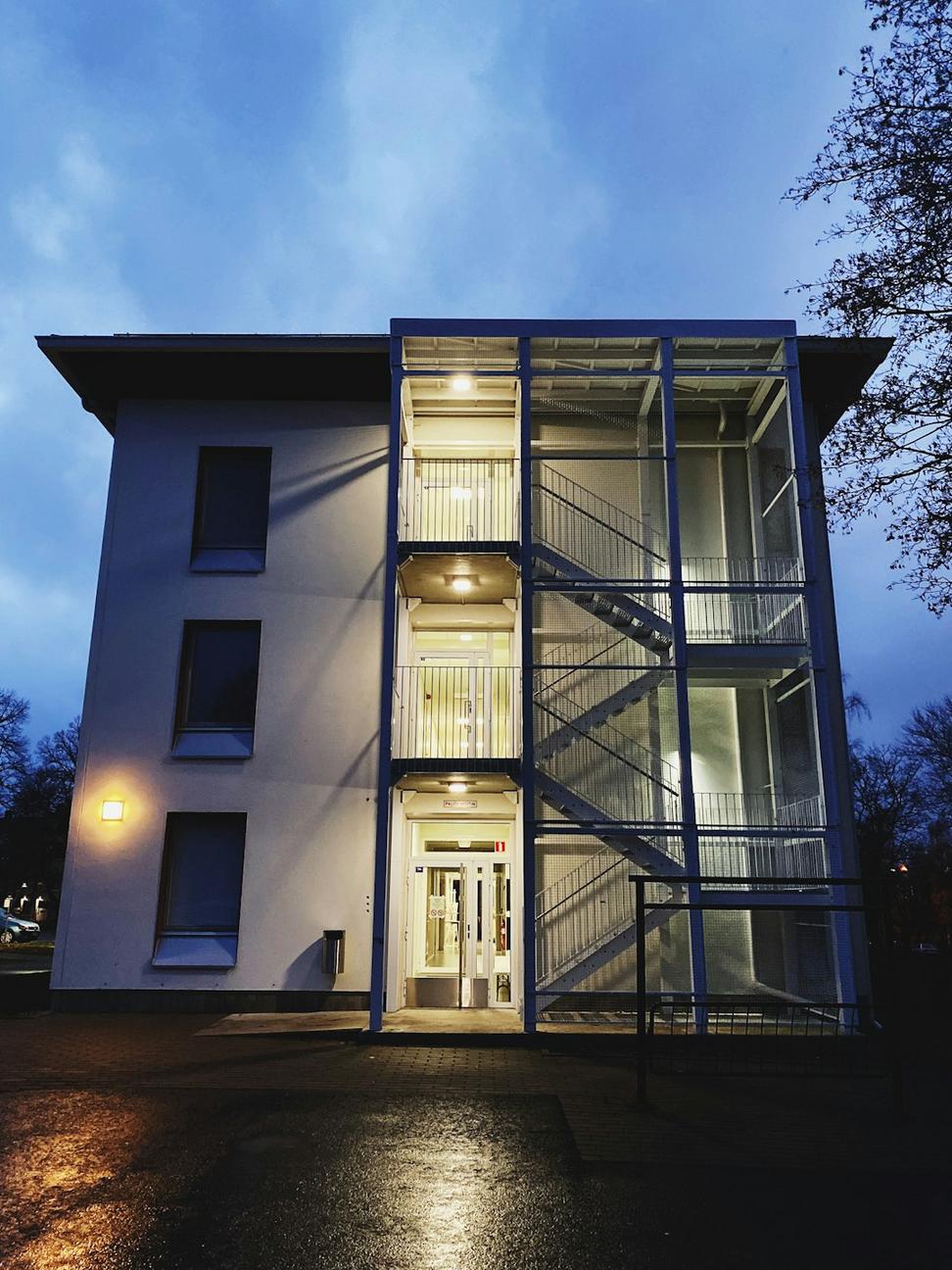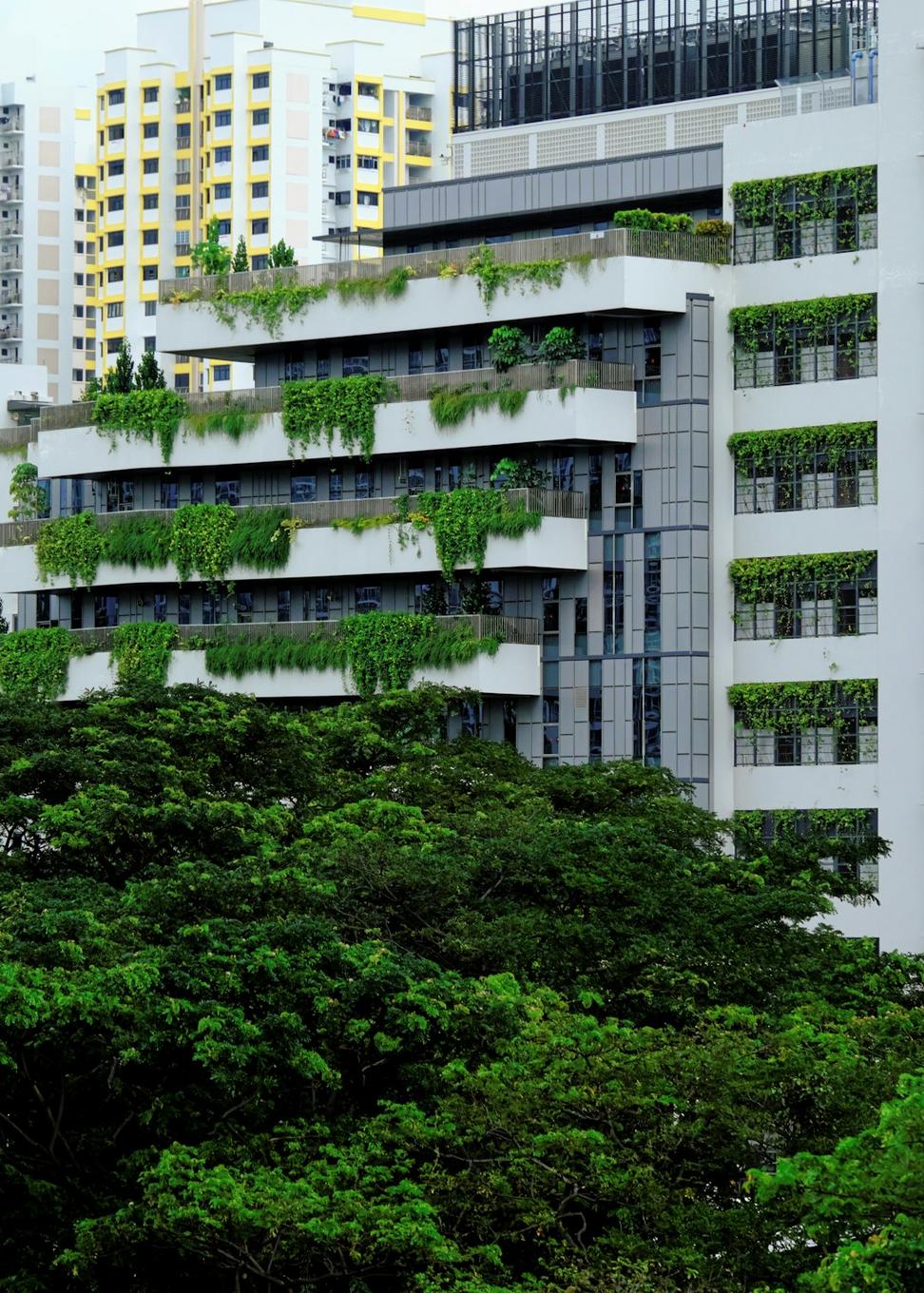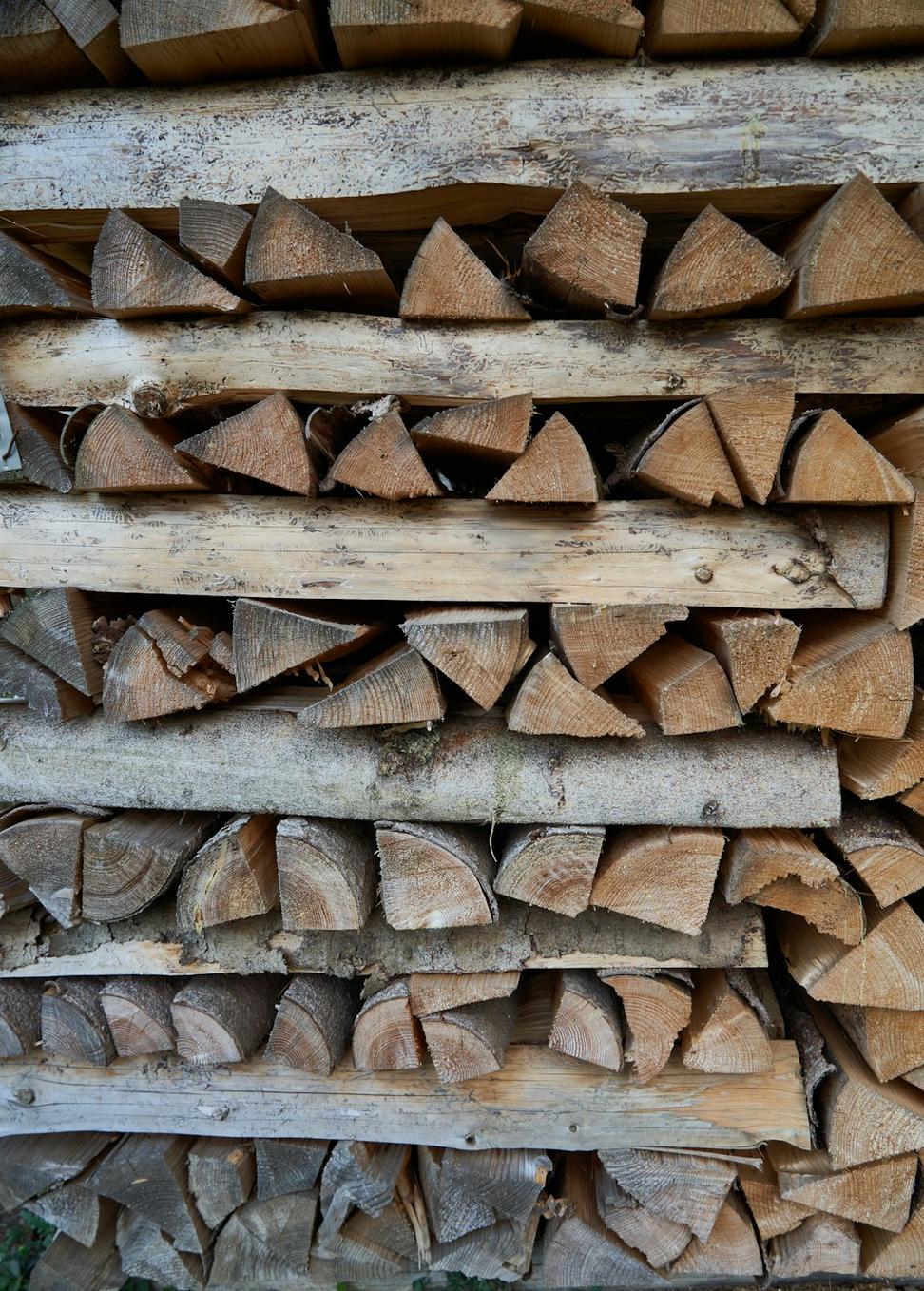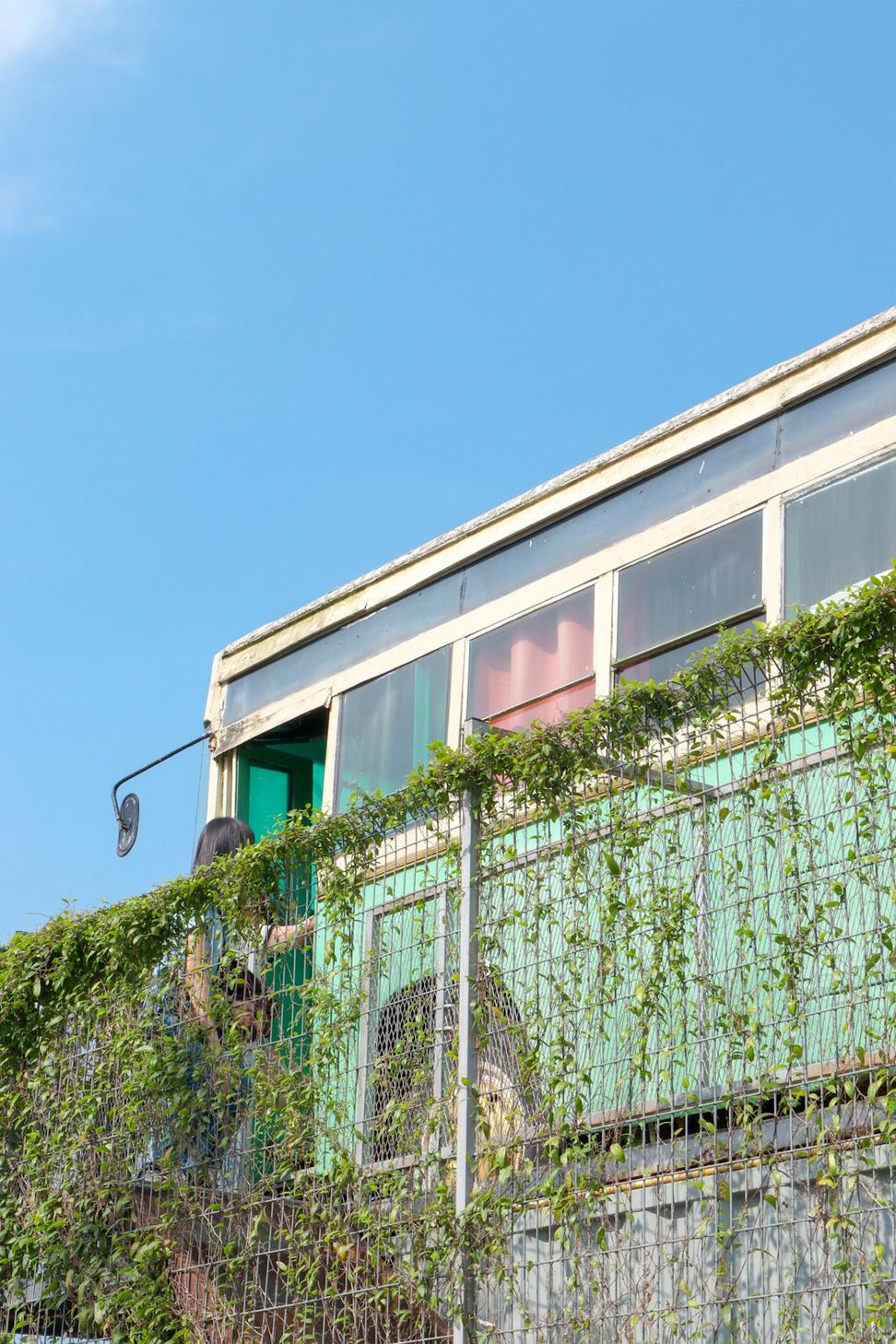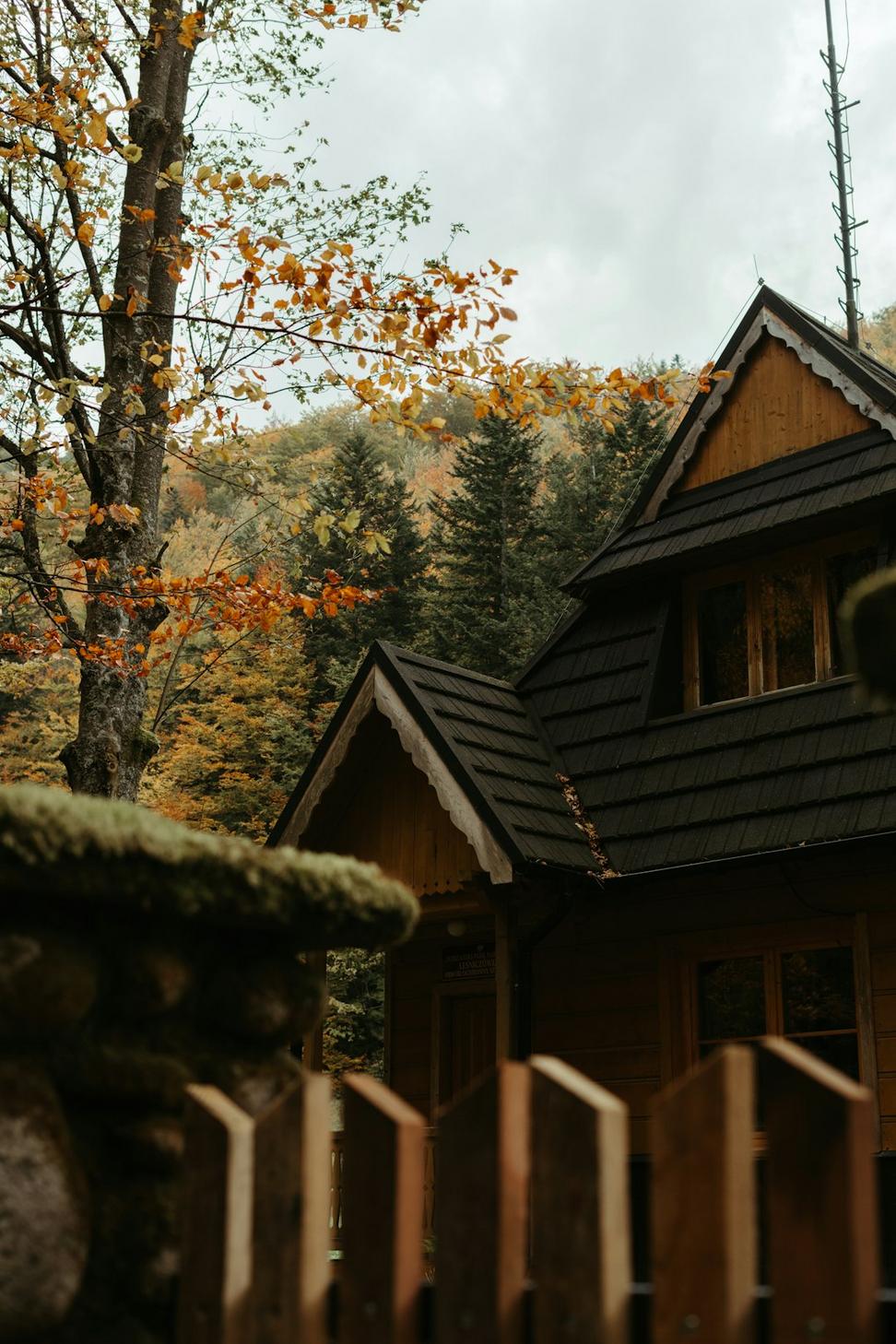
Building with Purpose, Not Just Plans
Look, we're not gonna pretend every project saves the world - but every decision we make? That's where the real impact happens. From material choices to energy systems, sustainability isn't a checkbox for us. It's literally how we think.
